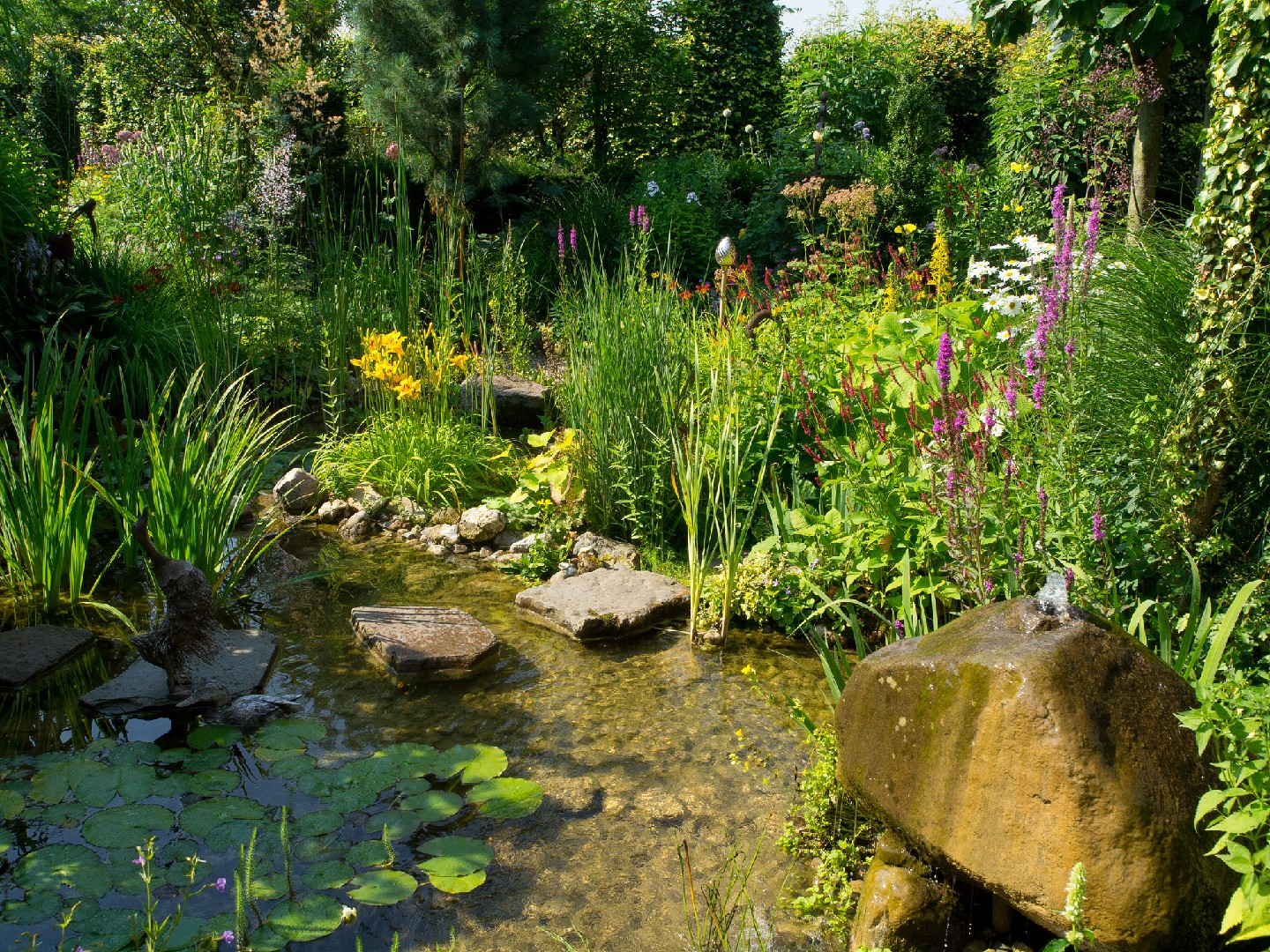![Rectangle]()
Rethinking Design for Water Conservation
When it comes to designing a waterwise garden, one of the key strategies is hydrozoning. Hydrozoning is the practice of arranging plants based on their water needs, with the goal of minimizing water usage. By grouping plants with similar water requirements together, gardeners can ensure that each plant receives the appropriate amount of water without wasting precious resources. This not only helps in water conservation but also promotes plant health and reduces maintenance efforts.
Hydrozoning involves dividing the garden into different zones based on water needs. These zones are typically categorized as high-water-use, moderate-water-use, and low-water-use areas. High-water-use zones include plants that require frequent irrigation, such as lawns and thirsty shrubs. Moderate-water-use zones consist of plants that need regular watering but can tolerate some dryness, such as perennials and flowering bushes. Low-water-use zones feature drought-tolerant plants that can thrive with minimal irrigation, like succulents and native grasses.
By arranging plants in this manner, gardeners can easily control and monitor water usage. They can water each zone according to its specific requirements, avoiding both overwatering and underwatering. This targeted approach not only saves water but also ensures that each plant receives the optimal amount of moisture for healthy growth.
Another design strategy for water conservation is to explore water-efficient options for ground cover. Traditional lawns require significant amounts of water to keep them lush and green, making them unsuitable for waterwise gardens. Instead, consider using alternatives like gravel or mulch. These materials not only reduce water usage but also provide other benefits. Gravel, for example, can help prevent weed growth, reduce soil erosion, and create an aesthetically pleasing texture in the garden.
When choosing ground cover, it's important to consider the climate and local conditions. Some regions may have restrictions or regulations regarding the use of certain materials. Additionally, the choice of ground cover should complement the overall design aesthetic of the garden. With careful selection, gardeners can create a beautiful and functional waterwise garden that minimizes water consumption and requires less maintenance.
In conclusion, rethinking design for water conservation is crucial in creating a waterwise garden. By embracing strategies like hydrozoning and exploring water-efficient ground cover options, gardeners can reduce water usage, promote plant health, and create a sustainable and visually appealing outdoor space. Remember to consider the specific water needs of plants, divide the garden into zones accordingly, and select appropriate ground cover materials. With these practical tips and techniques, anyone can master the art of designing a waterwise garden that is both efficient and beautiful.





